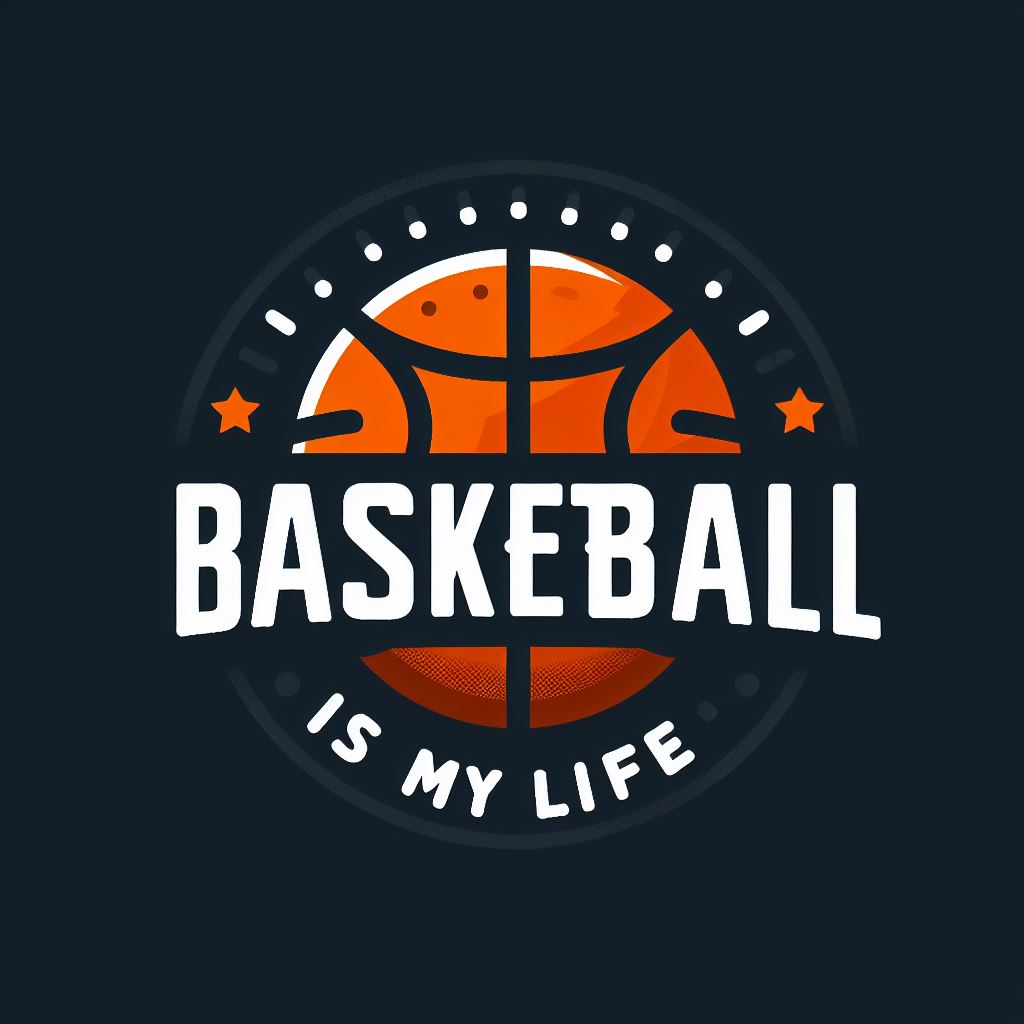The 76ers’ offseason is slowing down. They pulled off the NBA’s most spectacular move by landing a longtime All-Star forward Paul George away from his hometown Los Angeles Clippers on a max contract. They also added important complementary players — and brought back key members of the 2023-24 team — in hopes of in the running for a championship.
With the roster nearly set, The Inquirer reached out to reporters to provide insight on the Sixers’ newcomers.
Then it was Julia Poe who covered Sixers’ new player Andre Drummond as a Chicago Bulls reporter for the Chicago Tribune.
” LEARN MORE: ‘The Ultimate Role Player’: Meet New Sixers Forward Caleb Martin Through the Eyes of a Heat Reporter
Q: Sixers fans are generally excited to see Drummond back. How would you describe his last two seasons with the Bulls, compared to the expectations when he signed as a free agent?
A: Drummond never really found his footing in Chicago. While he was the backup to center Nikola Vučević, his playing time was never consistent, especially in his rookie season, when he was held out for several games in a row only to play 20 minutes or more the following week.
Drummond’s inconsistent playing time wasn’t without reason. He was a bit of a hit-and-miss defender, and his finishing efficiency (57.4 percent from the field in two seasons with the Bulls, 61.4 percent from within three feet) all but neutralized him as an offensive threat despite his uncanny ability to find offensive rebounds. But it generally felt like the Bulls were trying to integrate him into their system, which wasn’t the case for his entire two seasons in Chicago.
Q: It’s often difficult for former All-Stars to make the transition to a more limited role later in their careers. Why do you think Drummond has been successful in making that switch?
A: Drummond still considers himself a starter in the NBA, a fact he readily expressed throughout last season. He continued to make that case during Vučević’s brief injury absence last season and also advocated for a two-big lineup that would keep both centers on the court. That’s not a bad thing. Drummond is motivated by his desire to return to a starting role, but he also balances that goal with patience.
Even when he wasn’t in the Bulls’ main rotation for games, Drummond tempered his frustration and didn’t explicitly criticize the coach’s decisions when speaking to the media. Whenever he did enter the game, his explosiveness as a backup often had a major impact — especially when the Bulls were undersized in the paint — and that overall energy boost could sometimes overshadow other weaknesses in Drummond’s game.
” LEARN MORE: Sixers center Andre Drummond is excited to be back and knows exactly why he’s there: ‘I want to win’
Q: What else makes Drummond such a dominant rebounder?
A: As a journalist who worked for Drummond and then Angel Reese, I feel like I recently trained as a field reporter. It’s easy to point out its size [listed at 6-foot-11, 279 pounds]but I think Drummond’s footwork to get into position before the shot is still somewhat underrated. Watching the video, a lot of Drummond’s rebounds look like his defenders forgot to block him because he had already found his spot under the basket before they started looking for contact.
His physicality helps with that footwork. Drummond knows that if he gets to his spot, very few opponents in the NBA can force him out of it. He’s also a master of deflecting the ball toward himself, which is aided by his wingspan and a soft approach to getting the ball out of the air. Drummond was particularly effective on the offensive boards in Chicago, finding separation from his defender after the pick-and-roll. He often dives toward the basket after setting a screen, not to look for a pass, but to get under his defender and put himself in perfect position to take a missed shot.
Q: During his last stint with the Sixers, Drummond sometimes had a tendency to try certain interesting with the ball in his hands. What risk did he take in that regard with the Bulls?
A: Drummond never lost that tendency to try the most audacious things you’ve ever seen on a basketball court. The most infamous example of that audacity in Chicago was his “Shaqtin’ A Fool” moment against the New York Knicks in April, when, for no apparent reason, he tried to jump over Torrey Craig’s back to dunk for his teammate. It was hilarious.
Overall, Billy Donovan limited how often the ball stayed in Drummond’s hands. It was clear the center was in his comfort zone offensively if his touches consisted primarily of catch-and-finish passes around the basket. But Drummond still turned the ball over at an above-average rate with a team-worst 0.5 assists-to-turnover ratio and a team-high 2.2 turnovers per 36 minutes.
” LEARN MORE: ‘He’s a people pleaser by nature’: Sixers’ new star Paul George as seen by Clippers reporter
Q: You also wrote a great article in which Drummond discusses his mental health issues. How did you go about reporting on that carefully?
A: Drummond has been incredibly willing to share his journey struggling with his own mental health since he first committed to therapy in the spring of 2023. I’ll be honest, most of that process was just asking him the questions I wanted to be asked, and then letting him handle it.
Drummond had a unique ability to express his own emotions, even if he hadn’t fully unpacked them yet, and I deeply appreciated the time he devoted to that work. In Chicago, he was deeply invested in his partnership with Dr. Wendy Borlabi, who traveled with the Bulls as the team’s director of performance and mental health. Each team offers similar resources, but moving to a new environment and a new therapist always presents a new challenge.

